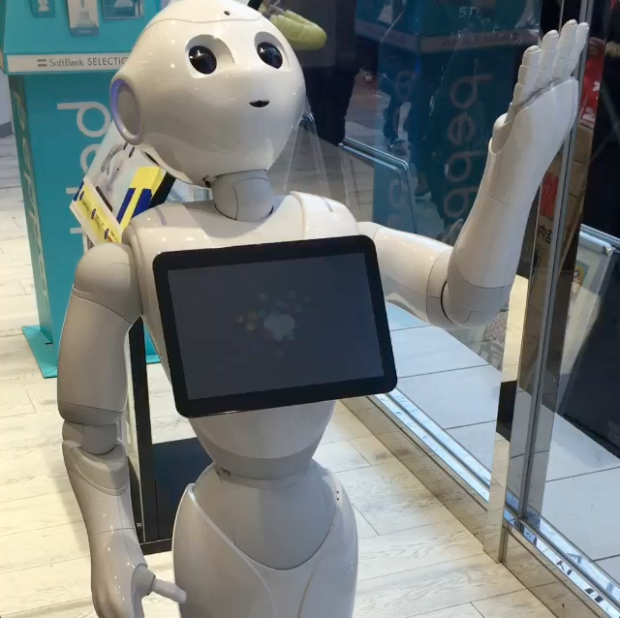From CALL, to ICALL, to MALL, to RALL, oh how we’ve moved on!
The pioneering drill and practice CALL (Computer Assisted Language Learning) computer programmes that dominated the style of learning in the 60’s and 70’s has witnessed many changes. The 1980’s brought about the first radical change in the form of ICALL (Intelligent Computer Assisted Language Learning), where NLP (Natural Language Processing) help computers understand the structure of human language in order to be able to generate it from a computational data structure.
Dramatic shifts in our electronic environment has resulted in mobile technology navigating our learning environment and MALL (Mobile Assisted Language Learning) is becoming ever more popular as educators incorporate smartphones and tablets into their teaching practice. This form of mobile technology also extends to RALL (Robot Assisted Language Learning).
Humanoid robots are already being used for educational purposes and language learning in the US, Japan, and Korea. Japan and the US are using robots as peer tutors, while Korea is using them as teaching assistants and “friends” to generate motivation and increase learning achievement. In the US and Korea the robots use visual instructional materials while in Japan the interaction is gesture and voice-based. Unsurprisingly, RALL is already in full swing in Korea. iRobiQ is an example of an anthropomorphized robot which has been developed with a face, and a tablet interface attached to its chest like Pepper. The advantage of iRobiQ is the emphasis on education and language learning, whereas Pepper has been created for companionship.
So just how long will it be before we start hanging out with humanoid robots in our staff rooms and teaching institutions I wonder?!


